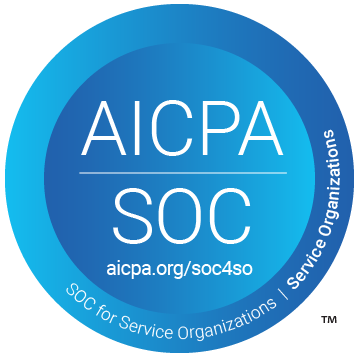What are Content Graphs?
Content Graphs
Some organisations need to handle content as a key part of their product offerings. Examples might be publishers, education providers or manufacturers with technical documentation.
Traditionally content was published in a monolithic book form, but the web has changed all of that and now many can see the value in being able to offer 'components' of content - content broken down into usable chunks - in ever more varied ways, giving customers more choice and allowing companies to innovate in terms of new products.
To do this the content needs to ideally be enriched with metadata at the component level and, if applicable, within the component of content too. Content can be in various forms, some of which, such as text (and especially when structured, such as in XML format), are able to be annotated with that additional information. This can provide key benefits in terms of understanding what the content is about and connecting it into the larger content graph.
Part of creating and managing a content graph involves writing and updating of content and, to that end, tooling is key. These days there are editors, such as Fonto (provided by our partner), that make authoring structured content a breeze and as easy as using a word processor such as Microsoft Word. Fonto is extensible and can integrate with other tools such as Graphologi to make authoring a content graph a seamless experience.
Graphologi can be integrated with Fonto editor to create a seamless environment for creating content and metadata.


